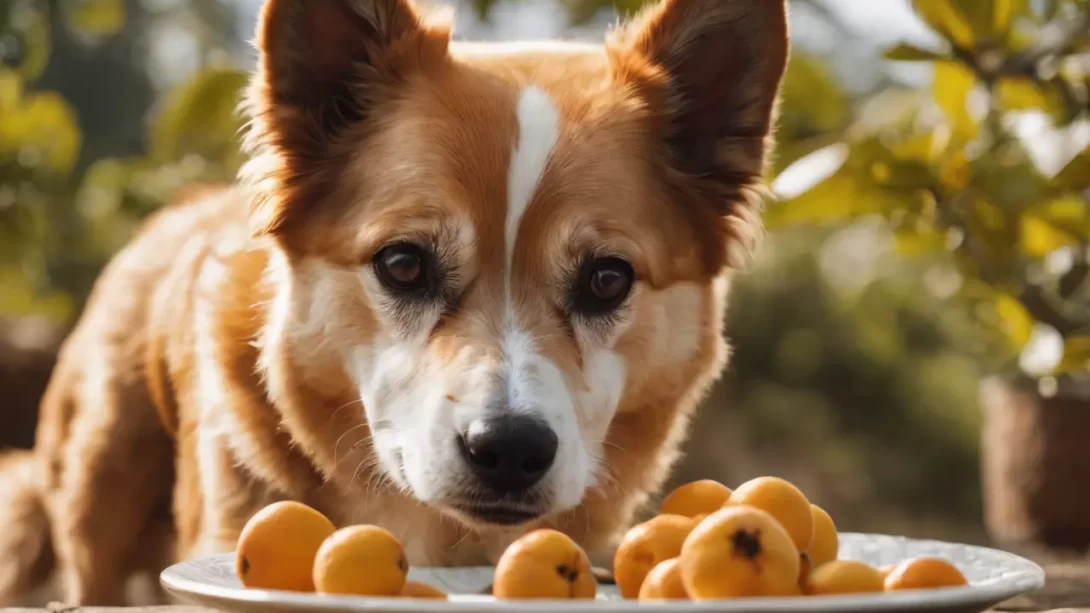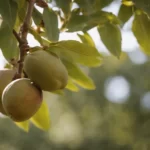As loquats grow in popularity as a sweet and tangy fruit enjoyed by humans, dog owners may wonder if they can share this treat with their furry friends. It’s essential to distinguish between safe and potentially harmful fruits for dogs, given their different digestive systems and dietary needs. This article explores the suitability of loquats as a snack for dogs, balancing their nutritional benefits against any potential risks.
What are Loquats?
Loquats are small, round to pear-shaped fruits, often enjoyed for their sweet and slightly tangy flavor. They belong to the Rosaceae family, which includes apples and pears. Nutritionally, loquats are rich in vitamins, minerals, and dietary fiber. They are commonly eaten fresh, used in desserts, or made into jams and jellies. Understanding the composition of loquats is crucial to determining their appropriateness as a canine snack.
Nutritional Benefits of Loquats for Dogs
Loquats can offer several nutritional benefits for dogs. They are a good source of vitamins A and C, which are important for maintaining healthy skin, coat, and immune system in dogs. The dietary fiber found in loquats can also aid in digestion. However, it’s important to remember that dogs have different nutritional requirements from humans, and their primary diet should be balanced and specifically formulated for canines. Fruits like loquats should only be an occasional treat, not a staple of their diet.
Potential Risks of Loquats for Dogs
While loquats themselves are not toxic to dogs, certain parts of the fruit can pose risks. The seeds, or pits, of loquats contain small amounts of cyanogenic glycosides, which can release cyanide when digested. Ingesting these seeds can lead to cyanide poisoning in dogs, a serious condition that requires immediate veterinary attention. Symptoms of cyanide poisoning include difficulty breathing, bright red gums, and potential shock.
Additionally, consuming loquats in large quantities may cause gastrointestinal upset in some dogs. This is due to the natural sugars and fiber content, which, while beneficial in moderation, can lead to issues like diarrhea or stomach discomfort if overconsumed.
How to Safely Feed Loquats to Dogs
If you decide to feed your dog loquats, it’s important to do so safely. Firstly, remove the seeds or pits to eliminate the risk of cyanide poisoning. It’s also advisable to peel the fruit, as the skin can sometimes be tough for dogs to digest.
When introducing loquats or any new food into your dog’s diet, start with a small amount to see how they react. This can help you identify any potential allergies or digestive issues. The portion size should be appropriate for your dog’s size and overall diet – a slice or two is often enough. As with all treats, loquats should be given in moderation, making up no more than 10% of your dog’s daily calorie intake.
Alternatives to Loquats for Dogs
If you’re looking for safer fruit options to share with your dog, there are plenty of alternatives. Apples (without the seeds and core), bananas, blueberries, and watermelon (seedless) are all excellent choices that are generally safe for dogs when given in moderation. These fruits offer various vitamins, minerals, and fibers, and can be a refreshing, low-calorie treat, especially on warm days.
When introducing any new fruit, it’s important to do so gradually and in small quantities to monitor how your dog reacts. Always remove any seeds, pits, stems, and leaves, as these can be harmful, and be mindful of the sugar content, as excessive sugar can lead to weight gain and other health issues in dogs.
Conclusion
Loquats can be a healthy treat for dogs if prepared correctly and served in moderation. The key is to remove the seeds to avoid the risk of cyanide poisoning and to introduce the fruit slowly into your dog’s diet. However, due to the potential risks associated with the seeds and the possibility of digestive upset, some dog owners might prefer to opt for other dog-safe fruits.
As with any treat, it’s important to balance it with your dog’s overall diet and nutritional needs. Consulting with a veterinarian before introducing new foods is always a good practice. By taking these precautions, you can enjoy sharing a variety of healthy fruits with your furry friend, ensuring they remain happy and healthy.




